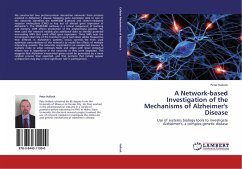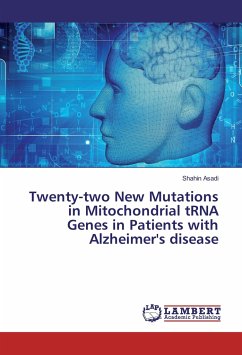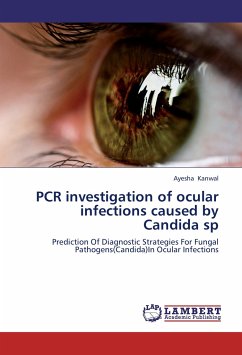We constructed two protein-protein interaction networks from proteins involved in Alzheimer s disease. Mapping gene expression data to one of the networks identified the MAPK/ERK pathway and clathrin-mediated receptor endocytosis (CME) as key loci of altered gene expression in Alzheimer s. The MAPK/ERK pathway is a critical component of learning and memory. CME affects production of the amyloid-beta peptide. We then used the network models plus additional data to identify potential non-coding SNPs that could affect gene expression. Three SNPs near the transcription start site of the transferrin gene had minor alleles frequencies that differed in Alzheimer s patients versus controls. We then used systematic perturbations of the networks to model the effects of multiple interacting variants. The networks responded in an unexpected manner to multiple node or edge removals. Node and edges with lesser individual effects rose in importance in the networks as they were degraded. This suggests that Alzheimer s-associated genes could be generated by a more random process than expected, and that proteins that initially appear unimportant may play a more significant role in pathogenesis.








